Choosing a toddler bike is an important decision that directly impacts a child’s safety, comfort, and confidence while learning to ride. Parents need to carefully evaluate various features to ensure that the bike provides a secure riding experience and supports skill development. Understanding the key safety features of toddler bikes can help parents select the right model, reduce the risk of accidents, and make learning to ride both fun and safe.
Stable Frame Design
The frame design is a crucial safety consideration. A low step-through frame allows toddlers to mount and dismount easily, reducing the risk of falls. The frame should be lightweight yet sturdy, providing stability without being too heavy for the child to control. Materials such as aluminum or high-quality steel offer a good balance between durability and manageable weight. A well-designed frame helps toddlers maintain balance and prevents tipping, which is essential for early riders still developing coordination skills.
Handlebar and Grip Safety
The handlebars should be properly sized for the child’s height and equipped with soft, non-slip grips. This ensures that the child can maintain a secure hold without slipping, even if hands become sweaty. Additionally, handlebars with rounded ends or protective caps prevent injuries in case of falls or collisions. Adjustable handlebars are ideal for accommodating a growing child, ensuring proper posture and control over time.
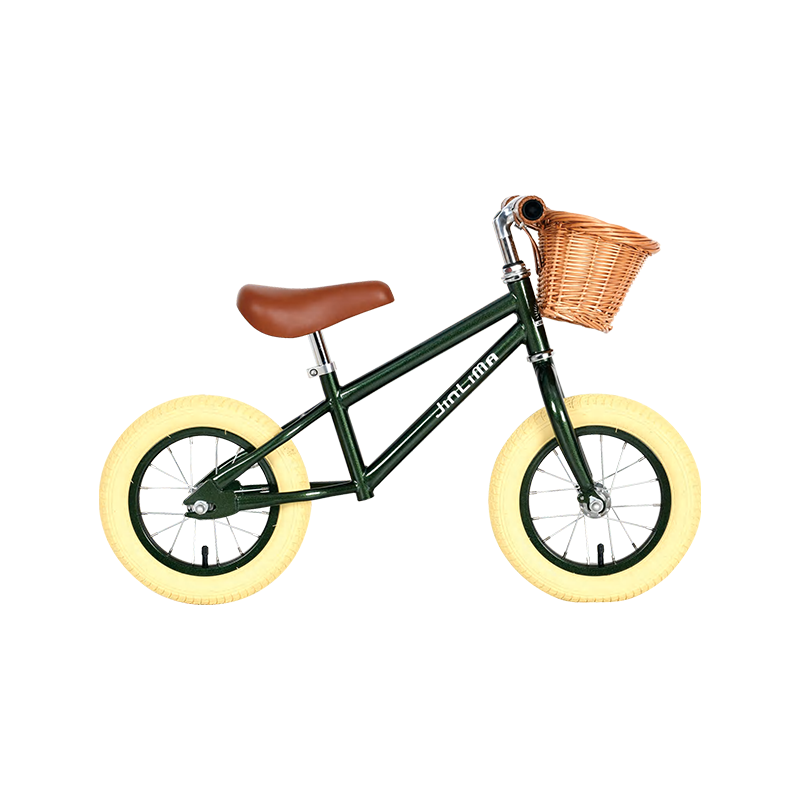
Brake Systems
Reliable brake systems are one of the most important safety features on a toddler bike. Many toddler bikes feature coaster brakes, activated by pedaling backward, which are simple for young children to use. Others may include hand brakes, which require fine motor skills and are suitable for slightly older toddlers. Parents should ensure that brakes are easy to operate, responsive, and properly adjusted to the child’s strength. Regular maintenance of brake systems is also critical to prevent failure during riding.
Wheels and Tires
Wheel stability is essential for preventing falls. Many toddler bikes come with training wheels to help beginners learn balance gradually. Pneumatic tires offer better traction and shock absorption, making rides smoother and safer, while solid tires are more durable and maintenance-free. The choice of tires should match the child’s riding environment: smooth surfaces, rough terrain, or outdoor play areas. Properly inflated or maintained tires enhance stability and reduce the likelihood of slipping.
Pedal Safety
Pedals should be appropriately sized for small feet and feature non-slip surfaces to prevent slipping during pedaling. Avoiding sharp edges or protrusions is important to reduce the risk of injury. Some models also offer pedals with reflectors to improve visibility if the child rides in low-light conditions. Proper pedal design ensures that toddlers can learn to pedal efficiently while minimizing accidents.
Protective Features
Additional safety features include chain guards, which prevent fingers or clothing from getting caught, and wheel guards, which shield the child from contact with moving parts. Reflectors or bright-colored frames increase visibility, while parent handles or push bars allow caregivers to maintain control during early rides. Soft-suspension seats or padded seats can reduce impact in case of small bumps or uneven terrain.
Weight and Size Considerations
The weight of the bike should be light enough for the toddler to maneuver easily but stable enough to resist tipping. The seat height and handlebar position must be adjustable so the child can reach the pedals and handlebars comfortably. Correct sizing prevents overreaching, improves balance, and allows the child to react quickly if a fall is imminent.
Conclusion
When choosing a toddler bike, parents should carefully consider stable frame design, secure handlebars and grips, reliable brake systems, wheel and tire stability, safe pedal design, protective features, and appropriate weight and sizing. By prioritizing these safety features, parents can provide a riding experience that is not only fun but also minimizes the risk of injury. Selecting a well-designed toddler bike ensures that young riders build confidence, develop coordination, and enjoy a safe introduction to cycling.


 0
0


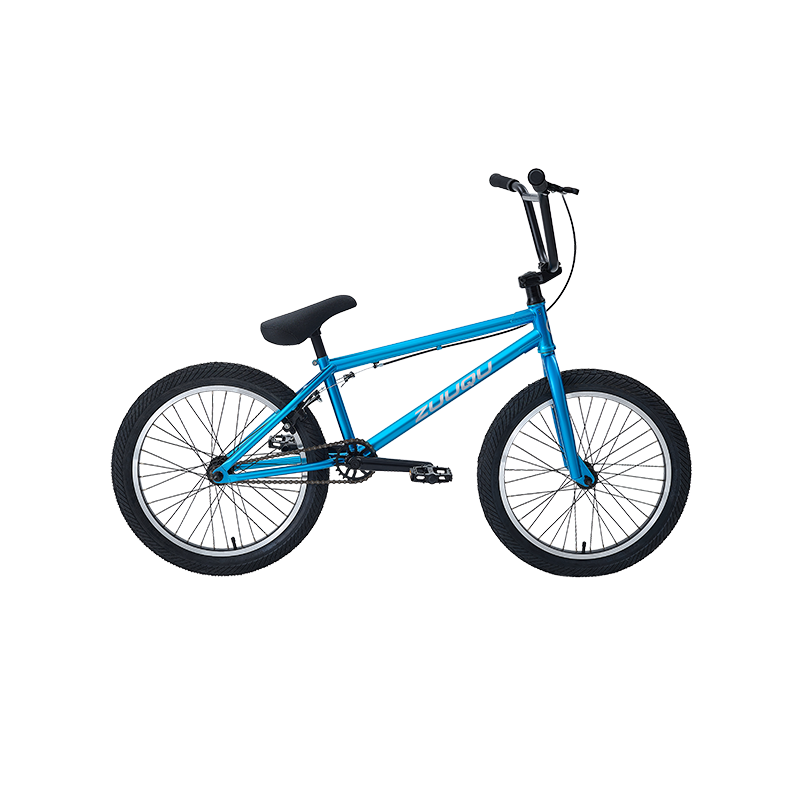

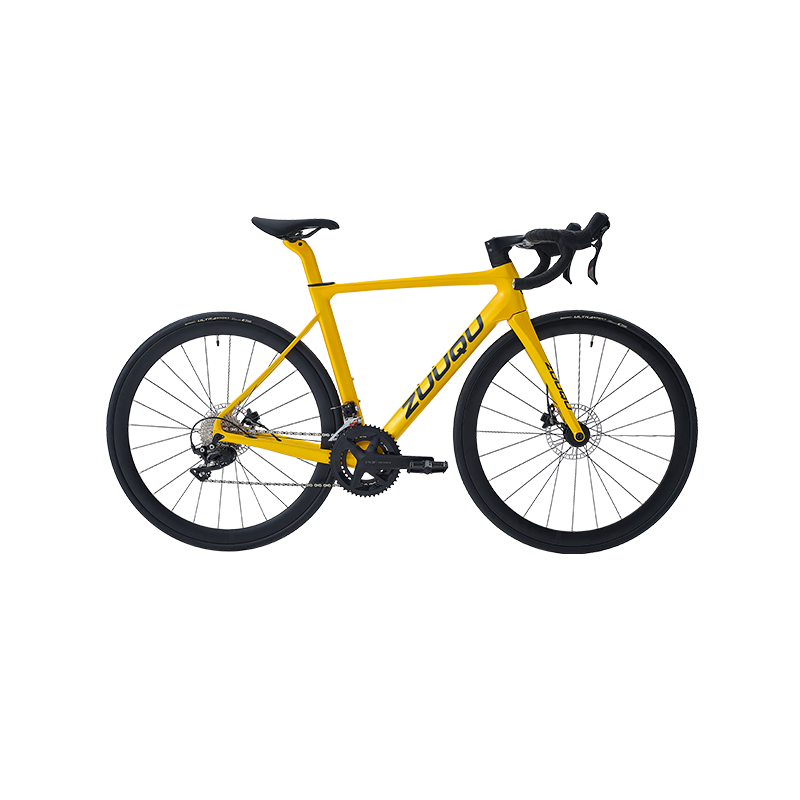

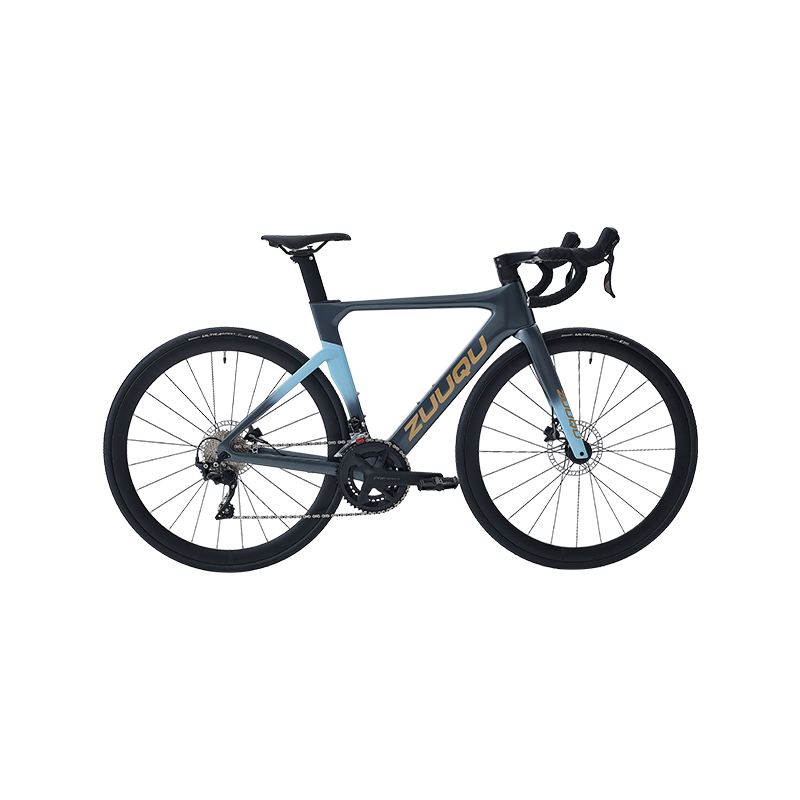
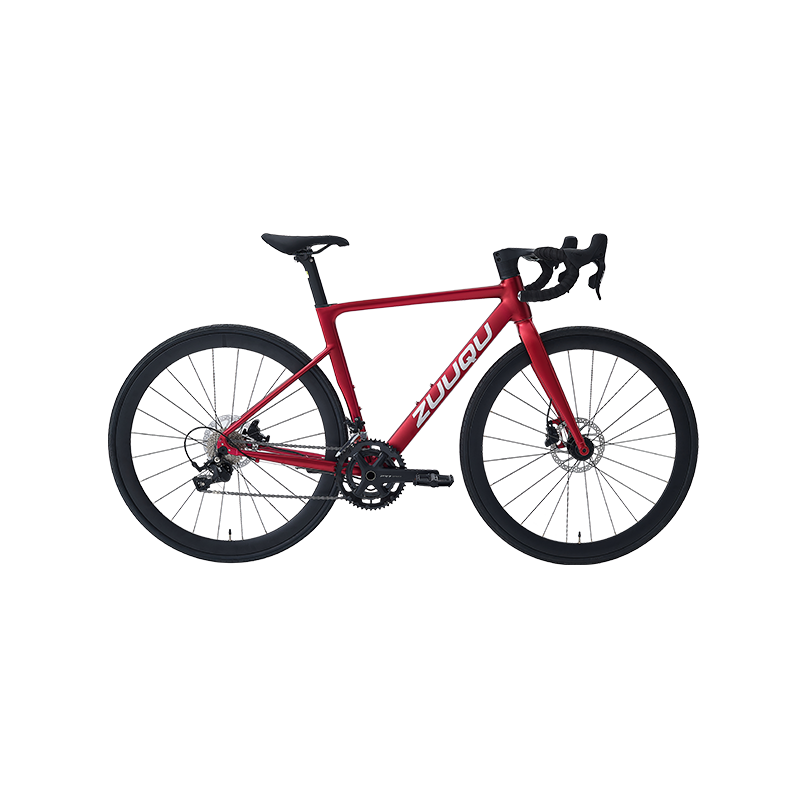
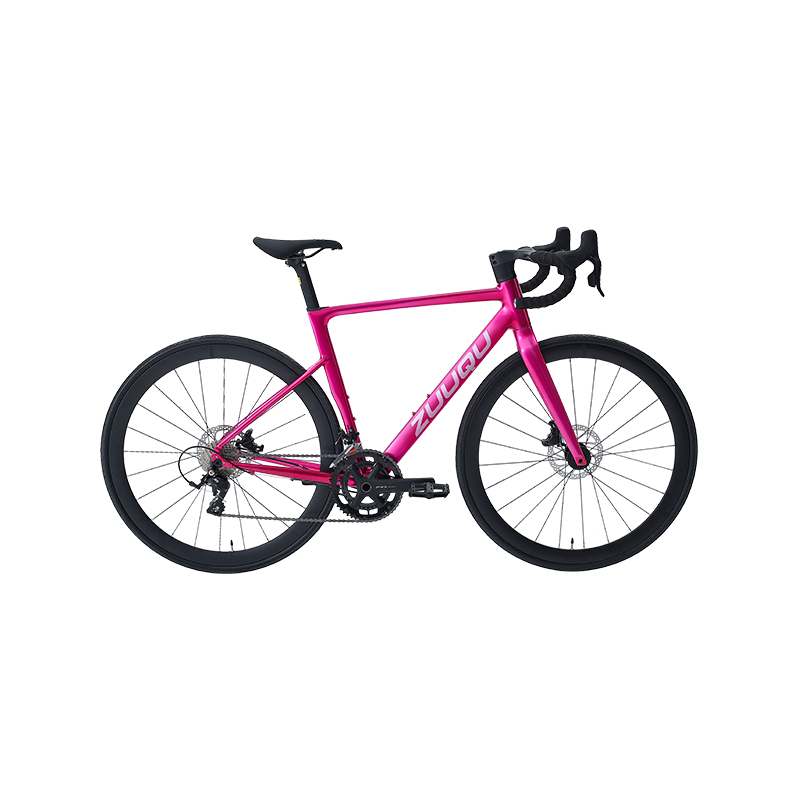
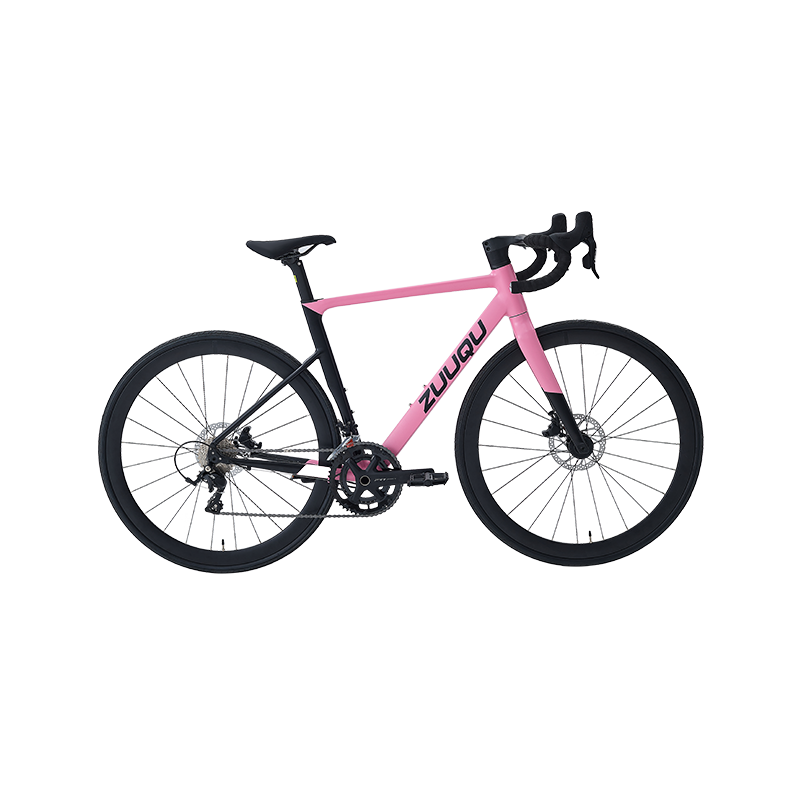
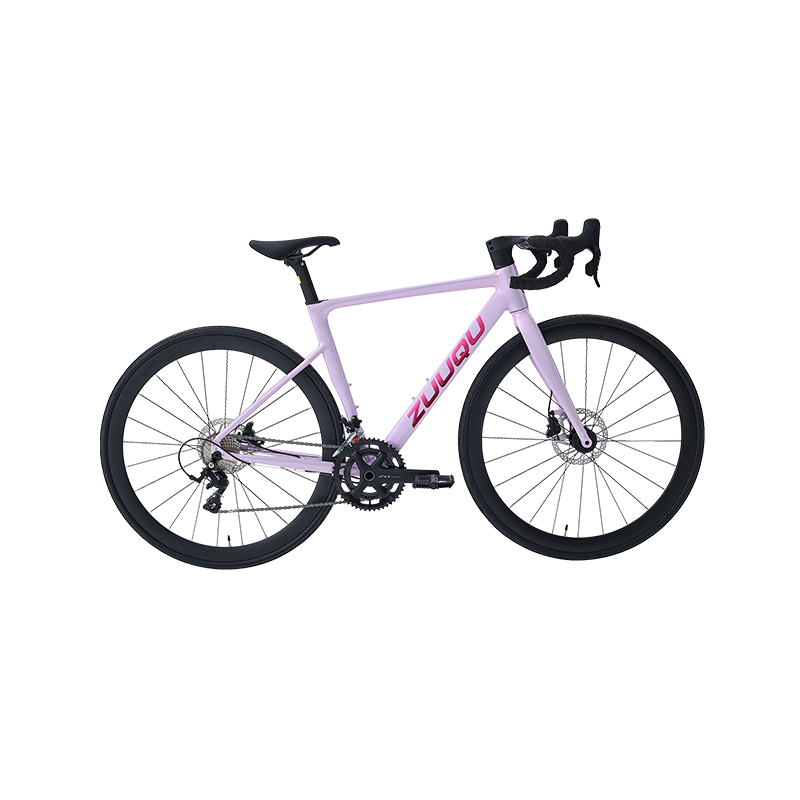
 Linhang industry park, Zhuji,
Linhang industry park, Zhuji,  +86-18858280688
+86-18858280688
